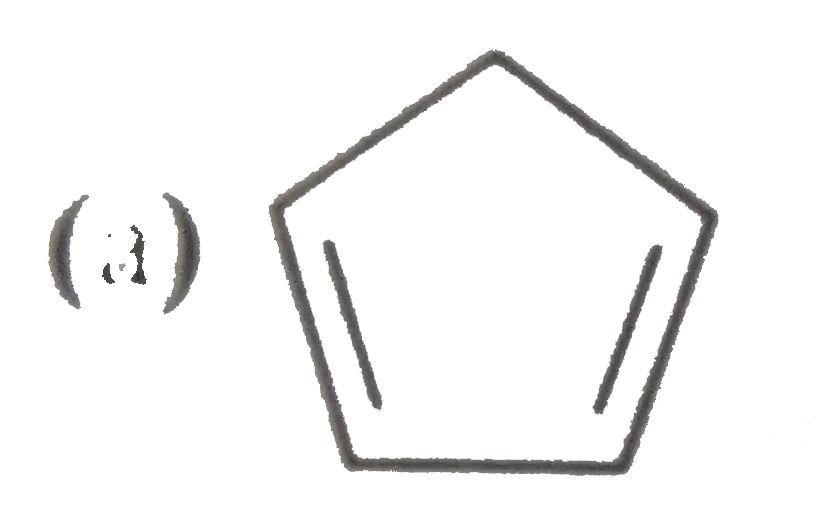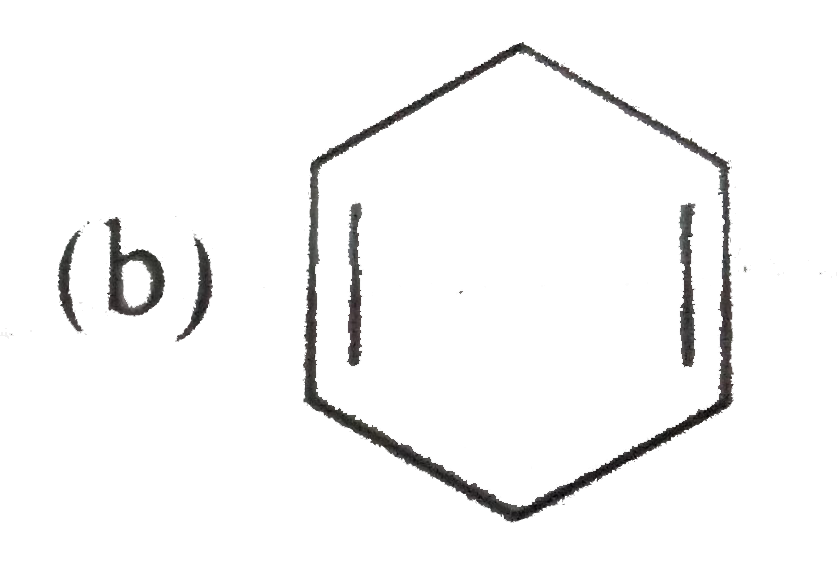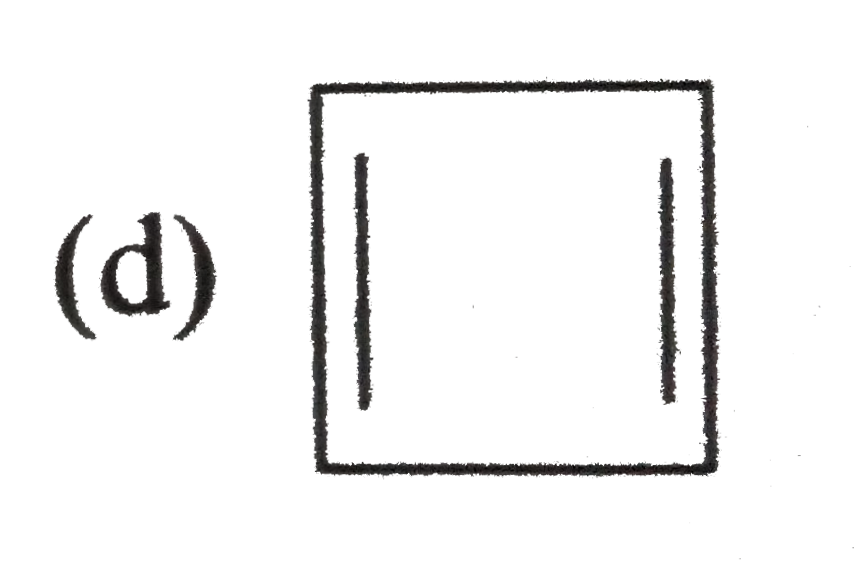Ozonolysis products of an olefin are CHO∣CHO and CH2CHO∣CH3CH2CHO Olefin is :




To determine the original olefin from the given ozonolysis products, we can follow these steps:
Step 1: Identify the Ozonolysis Products
The ozonolysis products provided are:
1. Two molecules of CHO (which corresponds to two aldehyde groups).
2. One molecule of CH2CHO (which corresponds to an aldehyde with an additional methylene group).
3. One molecule of CH3CH2CHO (which corresponds to a propanal).
Step 2: Analyze the Ozonolysis Mechanism
Ozonolysis involves the cleavage of the double bond in an alkene to form carbonyl compounds (aldehydes or ketones). In this case, we see that the products are aldehydes, indicating that the original olefin likely had a structure that, when cleaved, would yield these specific aldehyde products.
Step 3: Combine the Products
To reconstruct the original olefin, we need to consider how these products could be derived from a double bond. The two CHO groups suggest that the double bond was located between two carbon atoms that would lead to the formation of two aldehyde groups.
Step 4: Determine the Structure of the Original Olefin
1. The two CHO groups suggest that there are two carbons that were part of the double bond.
2. The CH2CHO and CH3CH2CHO products indicate that there are additional carbons involved in the structure.
3. By combining these products, we can visualize the original olefin.
Step 5: Construct the Olefin
- Start with the two CHO groups, which will be on the ends of a carbon chain.
- The CH2CHO and CH3CH2CHO suggest that there are additional carbons in the chain.
- By arranging these groups, we can deduce that the original olefin must have a structure that allows for the formation of these products.
Final Structure
The original olefin can be represented as:
- A 7-membered ring with a double bond between the 1st and 2nd carbon, and another double bond between the 6th and 7th carbon.
- The remaining carbon atoms will be filled with hydrogen atoms or the aldehyde groups.
Conclusion
The original olefin is a symmetrical compound that can be represented as follows:
- Structure: A 7-membered ring with the specified double bonds and aldehyde groups.
The ozonolysis products provided are:
1. Two molecules of CHO (which corresponds to two aldehyde groups).
2. One molecule of CH2CHO (which corresponds to an aldehyde with an additional methylene group).
3. One molecule of CH3CH2CHO (which corresponds to a propanal).
Ozonolysis involves the cleavage of the double bond in an alkene to form carbonyl compounds (aldehydes or ketones). In this case, we see that the products are aldehydes, indicating that the original olefin likely had a structure that, when cleaved, would yield these specific aldehyde products.
To reconstruct the original olefin, we need to consider how these products could be derived from a double bond. The two CHO groups suggest that the double bond was located between two carbon atoms that would lead to the formation of two aldehyde groups.
1. The two CHO groups suggest that there are two carbons that were part of the double bond.
2. The CH2CHO and CH3CH2CHO products indicate that there are additional carbons involved in the structure.
3. By combining these products, we can visualize the original olefin.
- Start with the two CHO groups, which will be on the ends of a carbon chain.
- The CH2CHO and CH3CH2CHO suggest that there are additional carbons in the chain.
- By arranging these groups, we can deduce that the original olefin must have a structure that allows for the formation of these products.
The original olefin can be represented as:
- A 7-membered ring with a double bond between the 1st and 2nd carbon, and another double bond between the 6th and 7th carbon.
- The remaining carbon atoms will be filled with hydrogen atoms or the aldehyde groups.
The original olefin is a symmetrical compound that can be represented as follows:
- Structure: A 7-membered ring with the specified double bonds and aldehyde groups.
Similar Questions
Knowledge Check
Ozonolysis products of an olefin are OHC-CHO and OHC-CH2−CH2−CHO, the olefin is:
A B
B C
C D
D
The IUPAC name of CH3−CH−CHO ∣ CH2−CH3 is
A2-methylbutanalBbutan-2-aldehydeC2-ethylbutanalD3-methylisobutyraldehydeIUPAC name of CH3−CH−CHO | CH2CH3 is
AButane-2-aldehydeB2-methylbutanalC3-methyl isobutyraldehydeD2-ethylpropanal
CH2CHO ∣CH3−C−Cl ∣ CH3
View SolutionWhich alkene on ozonolysis gives CH3CH2CHO and CH3CHOCH3 ?
View SolutionDeduce the structures of the compounds which yeild the following products on reductive ozonolysis.
a) CH3CHO and HCHO
b) (CH3)2CO and HCHO
c) (CH3)2CO and CH3CHO
d) (CH3)2CO only
e) CH3CH2−C∣CH3=O (two moles)
f) HCHO and O=CH−CH∣CH3(CH3)2
g) CH3CH2C∣C2H5=O and OHC−CHO and OHC(CH2)CH3
h) OHC−CH2CH2CH2CHO only
i) OHC−CH2−CHO (two moles)
j)

View SolutionThe IUPAC name of
CH2−CHO ∣OHC−CH2−CH2−CH−CH2−CHO is:
View SolutionCH3CH2CH(CHO)CH2CH3andCH3CH(CHO)CH2CH2CH3 are :-
View Solution
